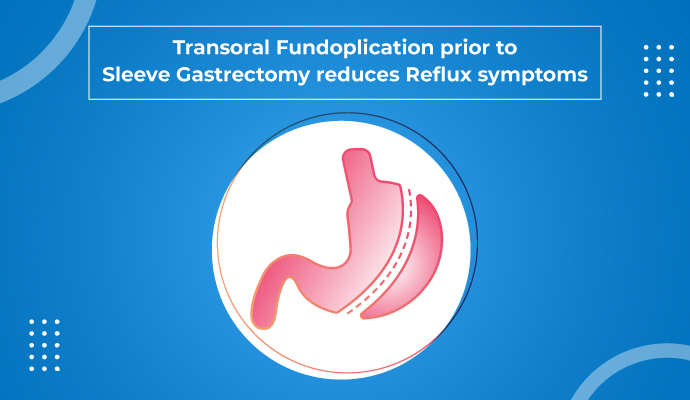
Sleep apnea and how it is associated with Obesity
Sleep apnea refers to a condition in which
58,995 total views, 118 views today
Home » Diabetes Mellitus and Obesity
Diabetes is a chronic disease that is associated with high levels of blood glucose levels. Type 1 diabetes results when the body’s own immune system acts against the pancreatic beta cells. They are the only cells in the body that produce insulin, a hormone that helps the body to efficiently use glucose as a fuel, thereby regulating blood glucose levels. Type 1 diabetes can occur at any age, but usually occurs in children and young adults. It is a rare condition and accounts for only five to ten percent of all the diabetes cases diagnosed.
In contrast, type 2 diabetes accounts for 90 to 95 percent of all diagnosed diabetes cases. It develops due to insulin resistance, which refers to the inability of the cells to respond to insulin. As a result, the cells cannot take up glucose in sufficient amounts, resulting in high blood sugar levels. Overtime, as the need for insulin increases the pancreas loses its ability to produce insulin.
Global statistics reveal dramatic increase in the incidence and prevalence of type 2 diabetes over the past 20 years. About 415 million people across the globe were affected with diabetes in 2015, which was expected to hit 642 million by 2040.

Sleep apnea refers to a condition in which
58,995 total views, 118 views today

Since the beginning of 20th century, the overall
58,971 total views, 117 views today

New year is the time for new beginnings.
59,671 total views, 117 views today

Weight loss can be tricky business, as it
59,542 total views, 117 views today

According to a recent study, weight loss through
60,441 total views, 117 views today

According to a recent study, preoperative very low
60,442 total views, 117 views today

A recent study conducted on GERD (Gastroesophageal Reflux
60,447 total views, 118 views today

A recent study done to examine the long-term
59,325 total views, 114 views today

Overweight and obesity is a major health concern
29,594 total views, 82 views today

A recent study published in the Journal of
28,783 total views, 81 views today

The findings from a recent study, published in
29,024 total views, 81 views today

The findings of a recent study, published in
29,425 total views, 82 views today